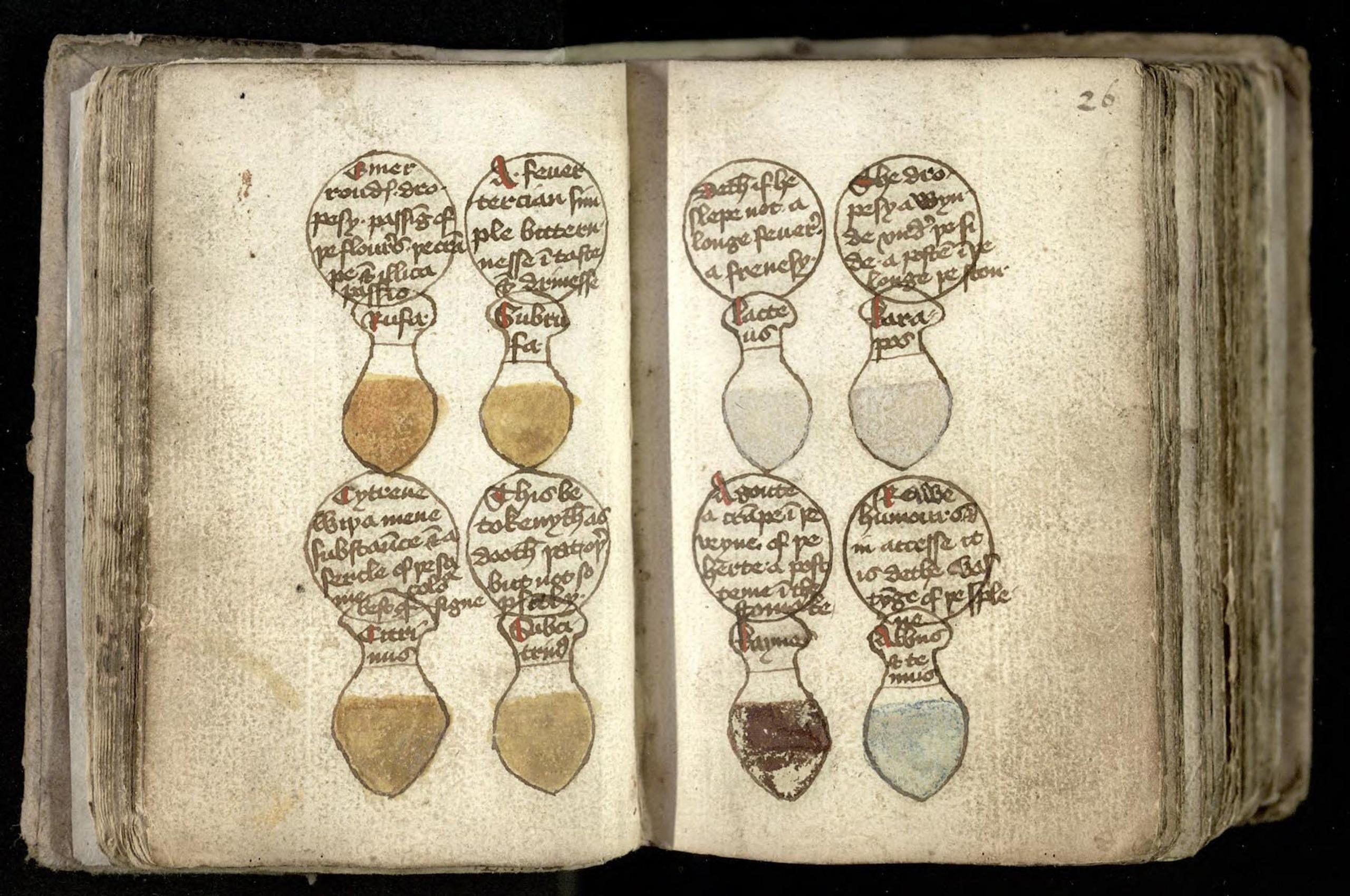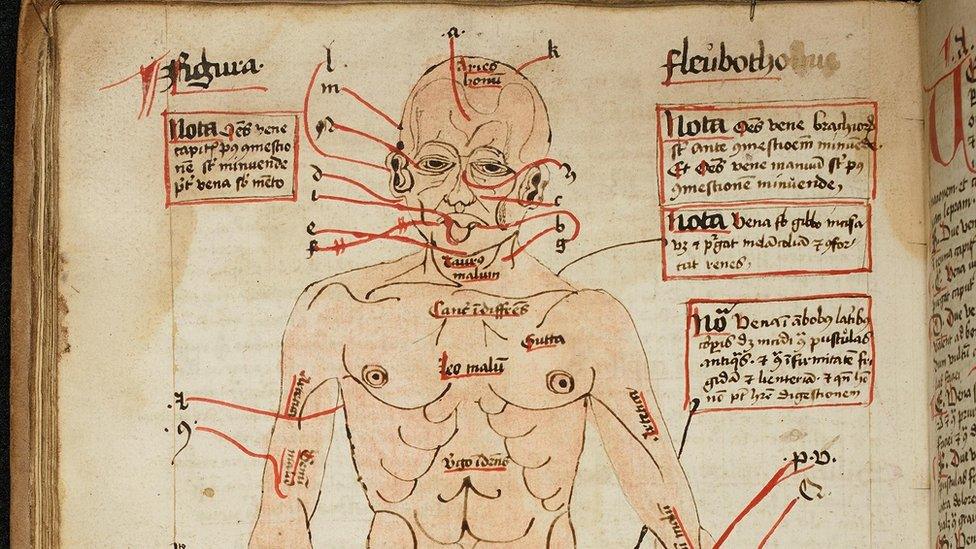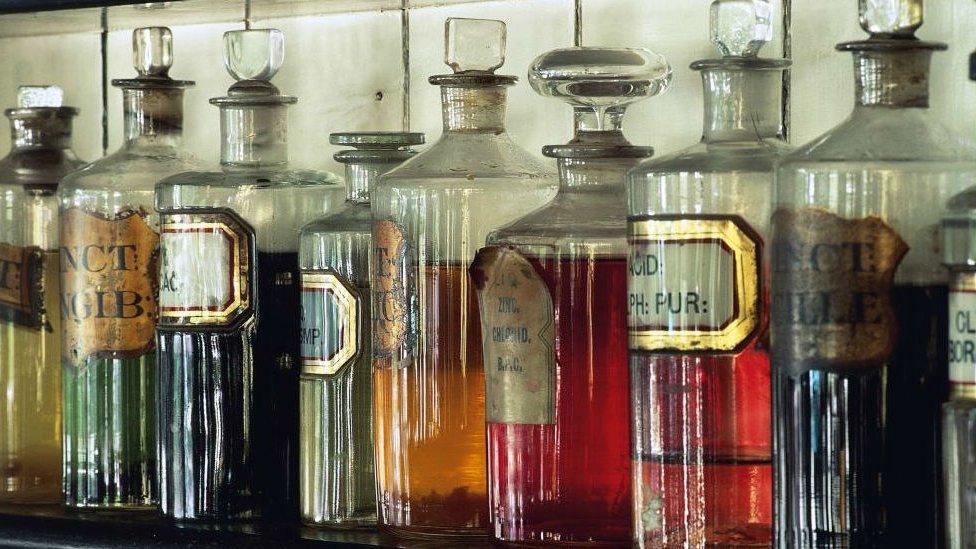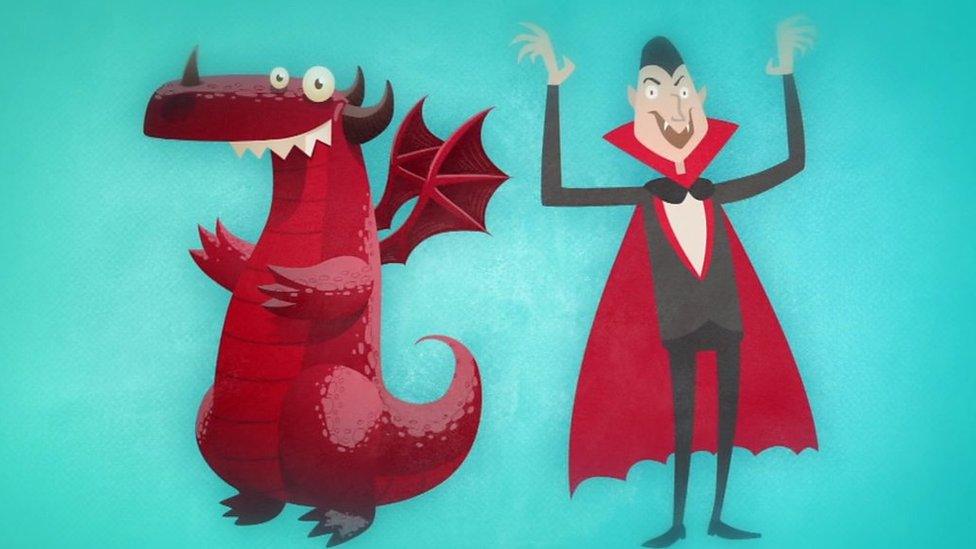Check out these gruesome medieval treatments!
- Published
- comments

Over 180 medieval manuscripts will be released to the public by Cambridge University Library
Have you hear of baking an owl and grinding it into a powder? How about a puppy with snails and sage roasted over a fire?
These are just some of the rather strange treatments and 'cures' included in over 180 medieval manuscripts that will be released to the public by Cambridge University Library!
The manuscripts will be put into digital formats, catalogued and conserved over the next two years as part of the Curious Cures in Cambridge Libraries project.
They contain around a whopping 8,000 unedited medical recipes in total, most of which are from the 14th or 15th centuries, with some examples from even earlier. The oldest recipe is 1,000 years old!

The manuscripts contain some very gruesome remedies!
"For all their complexities, medieval medical recipes are very relatable to modern readers," said James Freeman who is leading the £500,000 Wellcome-funded project.
"Many address ailments that we still struggle with today: headaches, toothache, diarrhoea, coughs, aching limbs."
Many of the treatments at the time used common ingredients including herbs like rosemary, thyme and mint and spices like cumin, ginger and pepper. Liquids including vinegar and milk were also common.
Some of the other gory treatments found in the manuscripts include mixing together the gall bladder of a hare and some honey, and applying it with a feather to treat an eye condition!
Gruesome and gory!

Many of the remedies were for things we treat today like coughs and headaches
The gruesome treatments are from the collections of the University Library, Fitzwilliam Museum and a dozen Cambridge colleges.
A team of project cataloguers, under the supervision of Dr Freeman, will prepare detailed descriptions of the text's contents, material characteristics and origins.
"A bewildering array of ingredients - animal, mineral and vegetable - are mentioned in these recipes." Dr Freeman said.
They show medieval people trying to manage their health with the knowledge that was available to them at the time - just as we do.
As well as remedies for things like headaches and colds, the manuscripts also lay out old school treatments for more serious things, like how to set broken bones.
"There was even a remedy created for how to tell whether a pregnant woman was going to have a boy or a girl!
"Behind each recipe, however distantly, there lies a human story: experiences of illness and of pain, but also the desire to live and to be healthy," said Dr Freeman.
- Published16 May 2019

- Published13 April 2017

- Published27 September 2018

